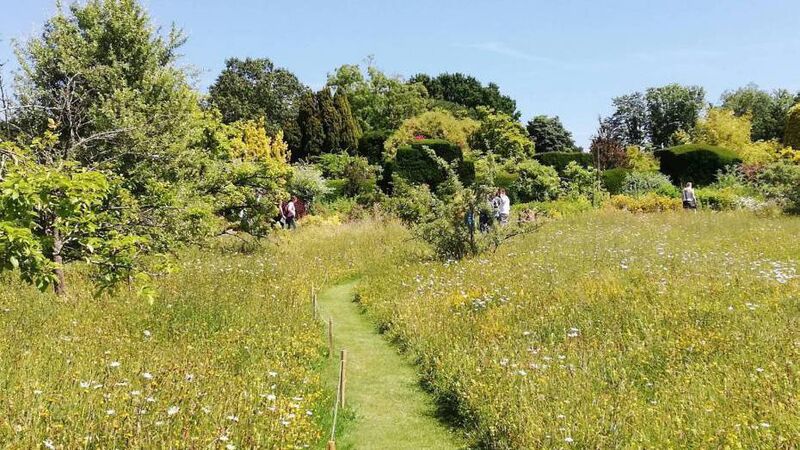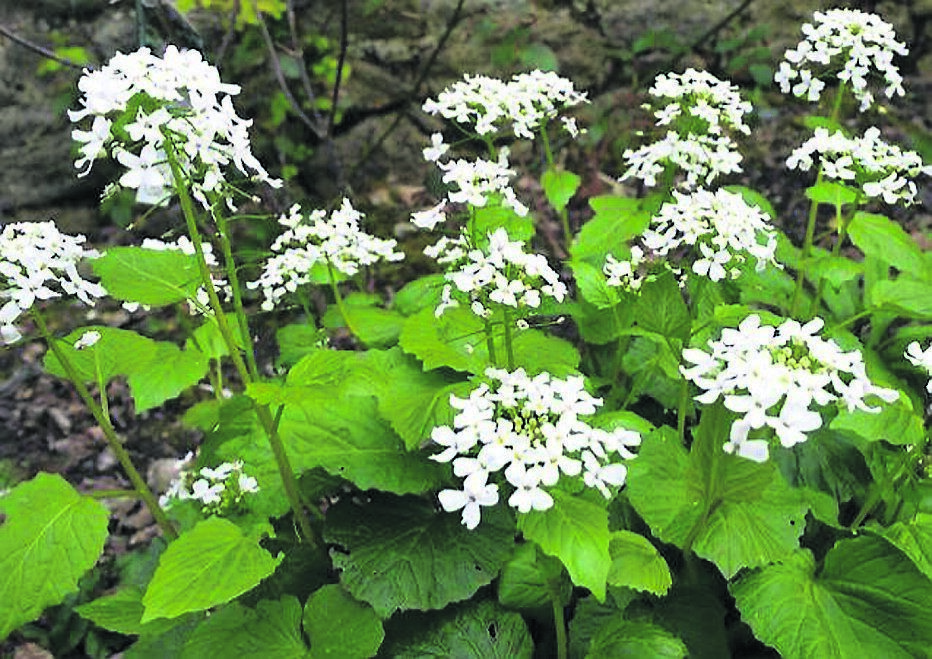10 ways to be greener in your garden

ABOVE: The inspiring species-rich meadow at Great Dixter in Sussex, Engand, with a path mown through. See No.8
AS spring progresses in the garden, we start to reflect on the winter just gone and how advanced plants and growth are compared to this time last year.
- 1. Get rid of any insecticides, pesticides and fungicides that are lying in the garden shed unused. Keep an eye out for ‘bring days’ at local recycling centres and commit to safely disposing of old, dangerous and unused garden chemicals.
- 2. Make cider vinegar our friend and ally for disinfecting any protected growing environments and wiping away any harmful fungal spores and bacteria that may be lurking after the winter months. Diluting cider vinegar, one part vinegar to 10 parts water will create a solution strong enough to clean plastic and glass surfaces.
- 3. Commit to growing in peat-free composts this year. Our bogs need to be protected and peat is a wonderful growing medium, but one that we need to move away from if we are to garden in a more sustainable manner. Klassman, New Horizon and Living Green all do a range of peat-free composts, check out www.fruithillfarm.com for more details.
- 4. Employ cultural methods for the control of pests and disease in the garden. You can do this by using egg shells and sharp sand around young plants to deter slugs and snails, establishing beetle banks to encourage beetle populations which eat slug eggs, and good housekeeping throughout to avoid the build up of unnecessary pests and diseases. Consider ventilation and plant spacings when planting in a protected environment to avoid the build up of greenfly in warmer weather.
- 5. Create a compost heap to recycle green and brown waste in the garden and reduce our household waste removal. This ‘waste’ can be transformed into a really useful soil conditioner for use in the garden to feed plants and help to conserve water.








 App?
App?


